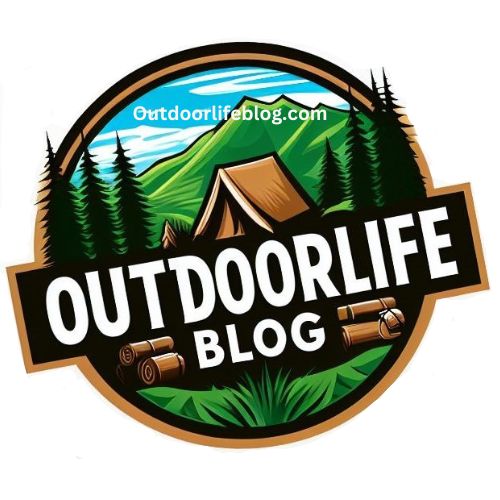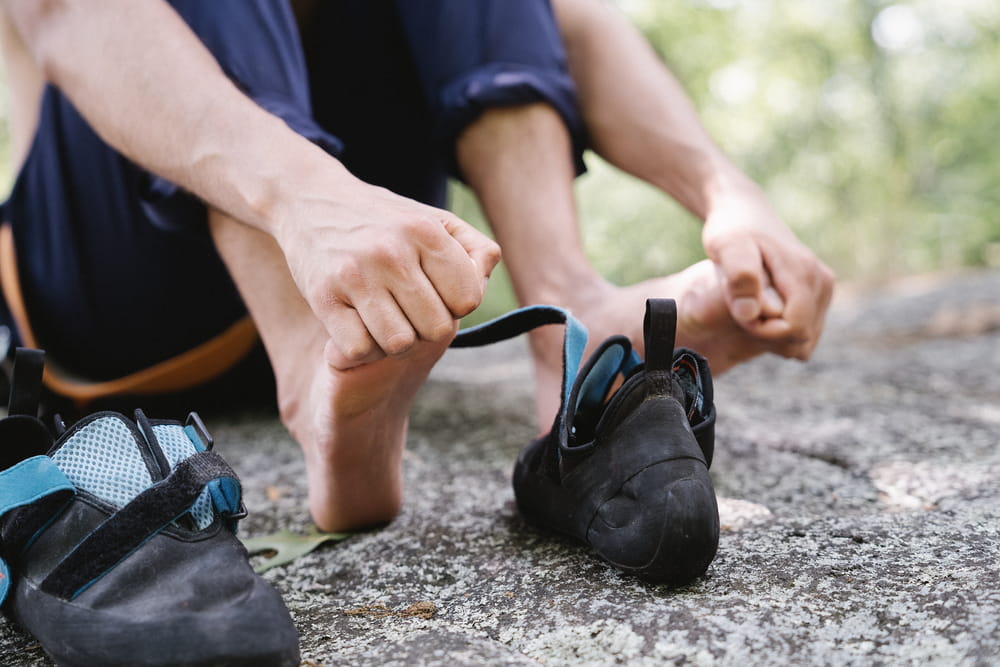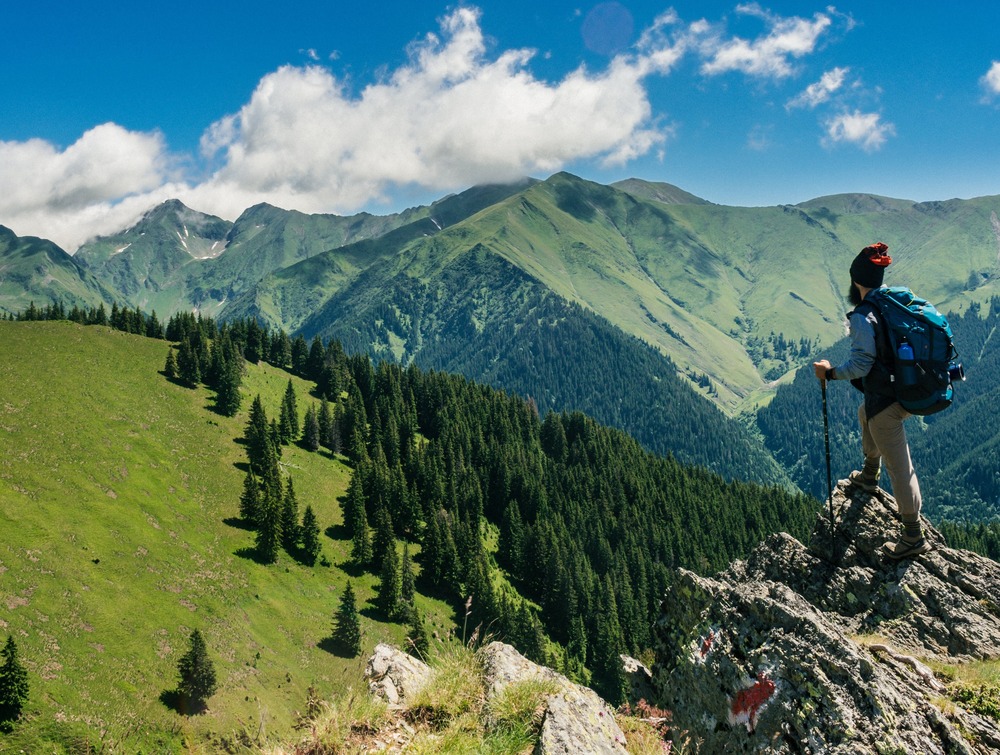Hiking is an exhilarating outdoor activity, but it can quickly turn into a painful ordeal if you develop blisters on your feet. These pesky sores can dampen your spirits and hinder your progress on the trail. Fortunately, with the right knowledge and preparation, you can avoid blisters and enjoy your hike to the fullest. So, sit back grab a drink and learn about, “avoiding blisters on the trail, your ultimate guide”. Let`s get started.
In this comprehensive guide, we’ll delve into the art of preventing blisters on the trail. We’ll cover essential topics and provide expert insights based on personal experiences and trusted sources. From choosing the right footwear to proper foot care, you’ll find all the information you need to keep those blisters at bay.
Choosing the Right Footwear
Selecting the appropriate footwear is your first line of defence against blisters on the trail.
Here are some crucial factors to consider:
Footwear Material Matters
Your choice of footwear material can significantly impact your hiking experience. Breathable materials like Gore-Tex and mesh can help reduce moisture build-up and friction, reducing the likelihood of blisters.
Finding the Perfect Fit
Poor-fitting shoes are a leading cause of blisters. Ensure your hiking boots or shoes provide ample toe room and support for your arches. It’s also a good idea to invest in moisture-wicking socks.
Breaking-In Your Footwear
New hiking boots should be broken in gradually. Wear them around your house or on short walks to allow your feet to adjust to the footwear’s shape and stiffness.
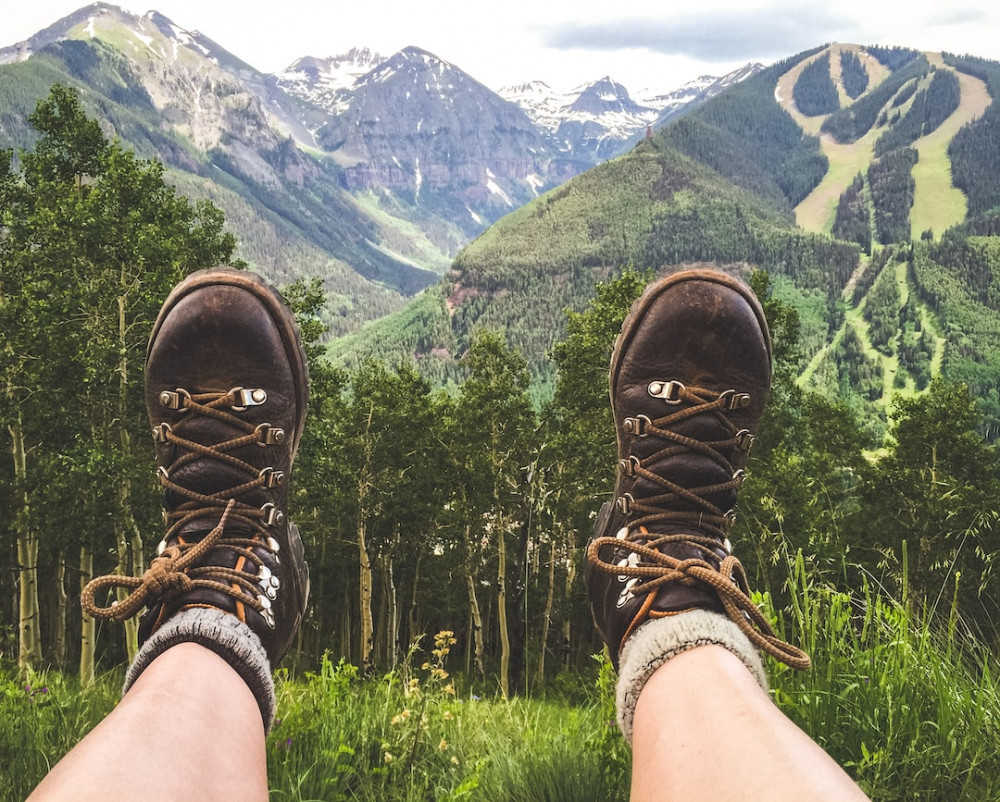
Foot Care on the Trail
Proper foot care is essential for preventing blisters during your hike.
Here’s what you need to know:
Keep Your Feet Dry
Moisture is the enemy when it comes to blisters. Use moisture-wicking socks and carry extra pairs to change into if your feet get sweaty or wet.
Use Lubrication
Applying a friction-reducing lubricant to potential blister-prone areas, such as heels and toes, can be a game-changer. Popular options include petroleum jelly and specialized blister sticks.
Regularly Check Your Feet
Take short breaks during your hike to inspect your feet for any hot spots or discomfort. Catching issues early can prevent them from developing into full-blown blisters. So, take a break, remove your hiking boots and socks and give your feet some air.

Avoiding Blisters on the Trail
Now, let’s focus on a dedicated section with strategies specifically aimed at avoiding blisters on the trail.
Choose the Right Socks
Opting for moisture-wicking, synthetic, or wool socks that reduce moisture build-up and friction. Avoid cotton socks, as they tend to trap moisture.
Gradual Increase in Intensity
If you’re new to hiking or planning a particularly strenuous trek, gradually increase the intensity of your hikes. This allows your feet to toughen up and adapt.
Properly Trim Toenails
Long toenails can contribute to blister formation. Trim them before your hike to prevent any unnecessary friction inside your shoes.
Utilize Moleskin or Blister Pads
Carry moleskin or specialized blister pads in your hiking kit. If you feel discomfort or a hot spot forming, apply them immediately to reduce friction.
Rest and Elevate
If you start to feel discomfort during your hike, take a break. Resting and elevating your feet can alleviate pressure and prevent blisters from worsening.
Hydrate and Nourish
Proper hydration and nutrition can also play a role in blister prevention. Dehydrated skin is more susceptible to blisters, so drink plenty of water.
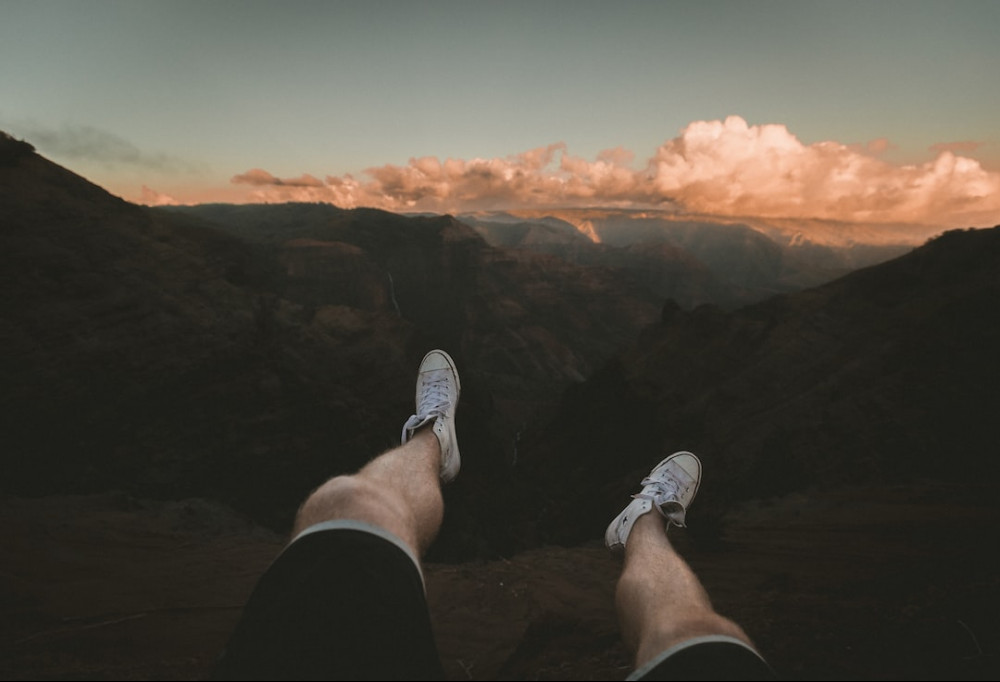
FAQs (Frequently Asked Questions)
Are blisters inevitable when hiking?
Blisters are not inevitable. With proper footwear, foot care, and gradual training, you can minimize the risk of developing blisters.
How can I tell if a blister is infected?
Signs of infection in a blister include increased pain, redness, warmth, and pus. If you suspect infection, it’s crucial to seek medical attention promptly.
Can I continue hiking with a blister?
Continuing to hike with a blister can worsen the condition and lead to infection. It’s advisable to address blisters promptly and take a break from hiking until they heal.
What should I do if I get a blister on the trail?
If you develop a blister during your hike, clean it with antiseptic wipes, apply a blister pad or moleskin, and take measures to reduce friction. If it worsens or becomes infected, seek medical help.
Are there any natural remedies for blisters?
While prevention is the best strategy, some people find relief from blisters by applying Aloe Vera, tea tree oil, or honey. However, these remedies may not work for everyone.
Can I use duct tape to prevent blisters?
Yes, duct tape can serve as a makeshift blister prevention method by reducing friction. However, it’s not a long-term solution and should be used cautiously.
Conclusion
By following the tips and strategies outlined in this guide, you can significantly reduce the risk of developing blisters while hiking on the trail. Remember, the key is proper preparation, including selecting the right footwear, practising good foot care, and being attentive to your body’s signals. With these measures in place, you can confidently hit the trail, free from the discomfort of blisters.
